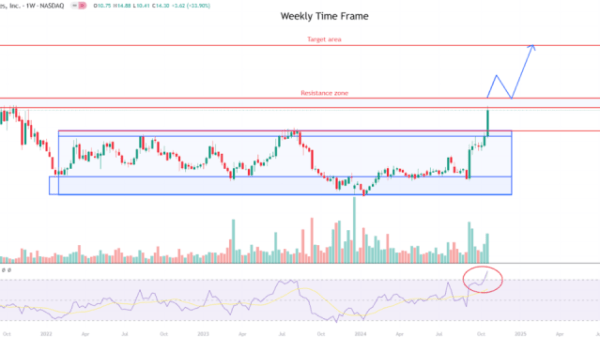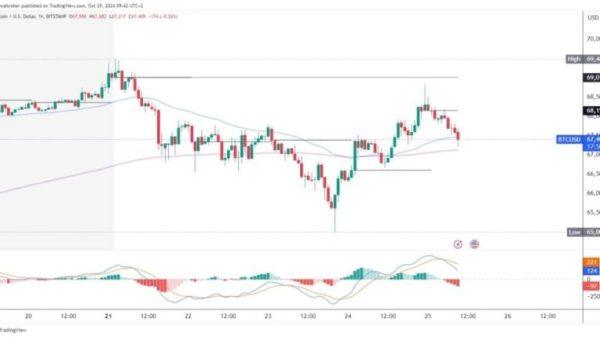Investing.com — Despite a swirl of negative developments, U.S. equity markets continue to power higher, leaving many wondering why stocks seem impervious to bad news.
Last week’s headlines featured plenty of reasons for the market to falter, yet the S&P 500 rose 1.11% and hit a new all-time high, with the index now up 21.91% for the year.
As per analysts at Sevens Report, this resilience reflects a market that remains firmly anchored by two key beliefs: economic growth will remain stable, and the Federal Reserve will cut interest rates—conditions that continue to support bullish sentiment despite growing risks.
The week kicked off on a shaky note, as inflation data revealed an uptick in the Consumer Price Index, marking the first increase this year.
Core inflation rose 3.3%, slightly above expectations, with price pressures spread across multiple categories. While inflation is still on a downward trajectory, the firmer reading raised doubts about the extent of future Fed rate cuts.
Additionally, jobless claims surged to summer highs, suggesting some softening in the labor market. “However, that number was inflated by the Boeing (NYSE:BA) strike and by unemployment related to the damage from Hurricane Helene in Florida and North Carolina,” the analysts said.
Despite these warning signs, markets brushed off the concerns. Bank earnings provided a bright spot on Friday, with major financials like JPMorgan and Wells Fargo exceeding expectations, giving investors another reason to stay optimistic.
Even cautious commentary from consumer-facing companies like Domino’s Pizza (NYSE:DPZ) and Pepsi failed to dampen enthusiasm.
Meanwhile, geopolitical tensions in the Middle East—such as Israel’s impending response to an earlier Iranian missile attack—added to the uncertainty, but not enough to derail the rally.
Sevens Report argues that part of the reason stocks haven’t wavered is that the risks, while real, haven’t yet materialized in ways that challenge the underlying narrative of a soft landing.
“The ‘burden of proof’ remained squarely on the bears,” the analysts said, no single negative development has been powerful enough to shift market sentiment away from expectations for stable growth and falling rates.
The market’s reaction suggests that investors are willing to rationalize bad news—whether inflation or weak labor data—as temporary noise rather than evidence of a deeper economic downturn.
This persistent optimism is also reflected in the Fed’s policy outlook.
Even with the inflation uptick, Fed officials, including John Williams, reiterated that the most likely path forward involves 50 basis points of additional rate cuts this year, rather than the more aggressive 75 basis points some investors had hoped for.
Although that guidance tempers expectations, it still aligns with the broader narrative of gradual monetary easing, reinforcing the bullish outlook.
However, as Sevens Report analysts caution, this steady climb comes with risks. Valuations across many sectors are stretched, leaving little room for error if the economic data weakens meaningfully.
There are already signs of softening, with mixed consumer spending and wavering business investment raising questions about how long the growth narrative can hold.
Additionally, geopolitical uncertainties and rising Treasury yields could disrupt the rally if conditions deteriorate further.
The recent surge in Treasury yields, driven by inflation data and hawkish Fed commentary, has pushed the 10-year yield to multi-month highs. While stocks have so far shrugged off these rising yields, Sevens Report warns that yields cannot rise indefinitely without eventually putting pressure on equities.
The dollar also strengthened, adding another layer of complexity, as higher yields and a stronger currency could dampen corporate profits and weigh on market sentiment if they persist.
Still, the market’s resilience underscores a larger theme: investors remain firmly committed to the idea that growth will stay intact, inflation will continue to cool, and the Fed will provide enough policy support to avoid a hard landing.
As long as that belief holds, stocks are likely to maintain their upward trajectory, even in the face of mixed economic signals.
Going forward, the focus will shift to growth-related data, with October retail sales and regional Fed surveys on the docket.
These reports will be critical in shaping the soft-landing narrative that has kept markets buoyant. If consumer spending shows strength and business activity picks up, the bullish trend will likely continue.
On the other hand, a sharp decline in these indicators could prompt a re-evaluation of growth prospects—and finally introduce the risks that have so far been easy for investors to dismiss.



































